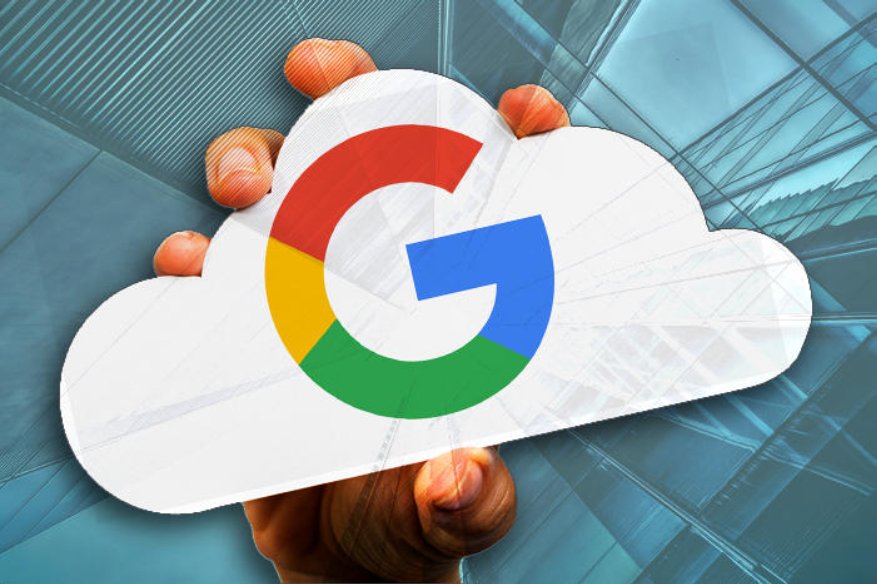Better Cloud Services: Tech giant Google Unveils Compute Optimized Virtual Machines (VMs) Powered by AMD EPYC Processors

An Instance refers to a server that is running our applications. Assume a single server is a single instance. Our cloud workloads are run on virtual machines called Instances. VM Virtual Machine and Instance are frequently used to mean the same. However, the term Instance is favored in cloud computing, although many people still use Instance and server to mean the same.
High memory bandwidth consumers will benefit from the collaboration between Google and AMD, which will increase Google Cloud’s Computing Instances available to them.
The next-generation technology in the current cloud environment provides excellent price per performance and superior security for organizations that need a balance between processor and memory bandwidth.
Significant Consumer Gains from Google Cloud Instances Expansion
Google revealed that AMD Processors would improve its new C2D virtual machine cloud services. Cloud service consumers shall witness the increased performance and compute power for HPC (High-performance), memory-intensive workloads. Fields like EDA (Electronic Design Automation), image processing, web servers, transcoding, image processing, AAA gaming, and CFD (Computer Fluid Dynamics) all stand to benefit from C2D’s high CPU and standard tiers.
Google Cloud now has more instances driven by AMD processors. They include EPCY, T2D, and N2D Instances.
Improved Performance
The C2D virtual machines at Google Cloud will have the greatest VM sizes within the compute-optimized family thanks to AMD EPYC processors and their high core density.
In addition, Google Cloud demonstrated that C2D VMs could give up to 30% greater performance for specific workloads than prior generation EPYC based VMs of an equivalent size due to the EPYC processor’s performance for compute-focused jobs.
AMD’s Reputation, Its Processor Benefits and how it Transmits to AMD’s Revenue
There has been a steady rise in cloud-based service providers such as Google Cloud adopting AMD EPYC processors to handle their clients’ most intensive and demanding applications. EPYC already powers 73 of the most recent Top 500 supercomputers and has 70 HPC world records, so this new capability is a welcome addition.
AMD EPYC processors continue to demonstrate their capacity for drug simulations for the latest vaccines, exploration of the cosmos, and design essential hardware and electronics for the industry’s future for HPC and compute-focused assignments.
With AMD EPYC CPUs, Google Cloud clients will efficiently execute their most intensive and complicated workloads, enabling them to build new products or crack complex tasks faster.
HPC is a widespread use case for Google Cloud. AMD EPYC-powered virtual machines provide the performance and features required by these customers. 3rd Gen AMD EPYC CPUs power Google’s third virtual machine family, and Google continues to keep expanding its EPYC range.
There will be other regions where C2D is available soon, but currently, C2D is accessible in Iowa, Singapore, South Carolina, North Virginia, and the Netherlands.
vCPUs, memory, and local SSD storage are all expandable to a maximum of 112 (56 cores) per Instance. Standard, high-CPU, and high-mem versions of C2D are available, each with seven machine types for a better memory-to-core ratio to suit your workload.
We have seen Google using AMD’s EPYC chips a lot in recent months, including the C2D instances. In the last six months, the cloud provider has introduced Milan-powered Tau VMs and Milan-powered general-purpose N2D instances.
EPYC processor adoption was a significant factor in AMD’s strong 2021 performance. Datacenter revenues have more than doubled since the company’s last annual report, which was released earlier this month.
Consumer Reports
AirShaper and Clutch customers highlight how C2D performance improved run times, enhanced user experiences, and reduced costs.
On average, Full story’s N2D instances based on the AMD Milan CPU saw a 29% performance boost compared to prior generation N2D VMs, according to Google Cloud.
Final Submission
Gamers and all the fields mentioned above who are Google N2D customers dealing with complex assignments shall benefit from this collaboration and improve productivity.